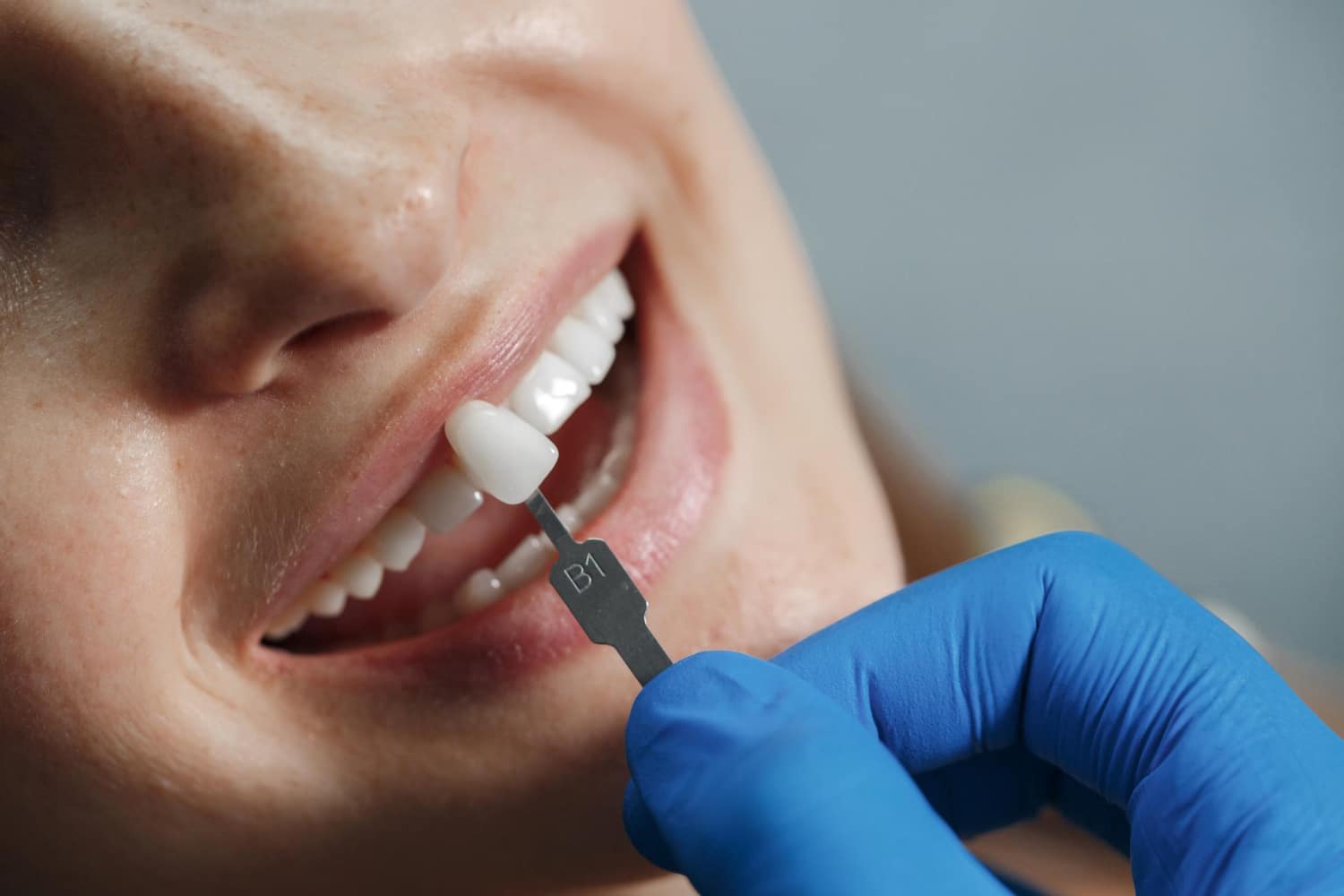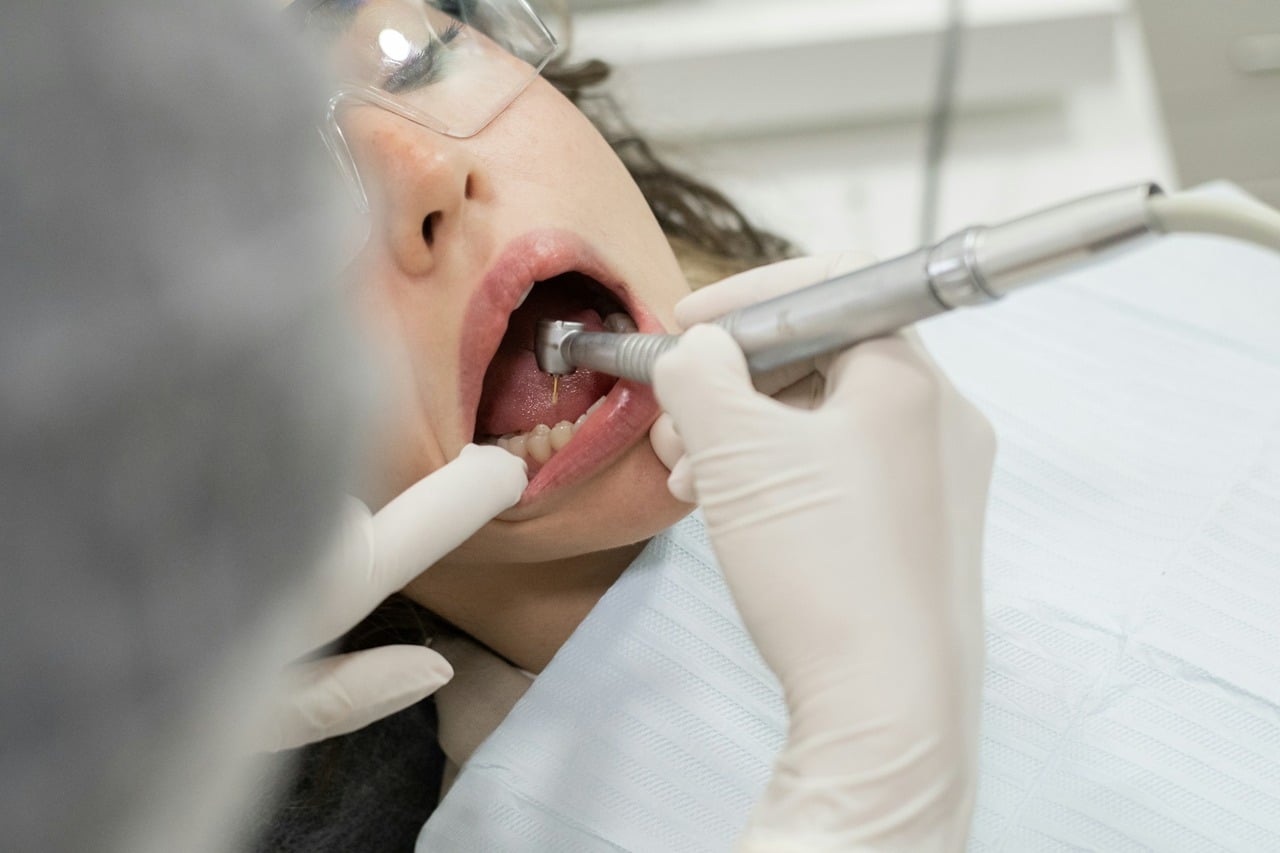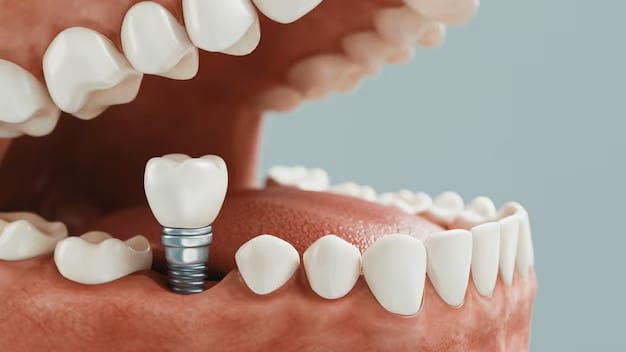Embarking on the journey of dental implants opens up a world of opportunities for those with missing teeth. Offering a permanent solution, dental implants restore not just the function of natural teeth but also the confidence that comes with a complete smile. The process, while detailed, is straightforward and designed to offer lasting results.
Understanding each step in the dental implant process is crucial. It begins with a thorough consultation and planning phase, where your dentist evaluates your dental health and creates a tailored plan. This groundwork ensures that each subsequent step, from surgical placement to crown attachment, proceeds smoothly and successfully.
The entire procedure involves a team of dental professionals working with precision and care. With patience and commitment, the outcome is a robust and natural-looking smile. Dental implants offer strength and durability comparable to natural teeth, making them a trusted choice for many individuals seeking comprehensive dental care solutions.
By investing time and effort, you pave the way for a healthier and brighter future for your smile.
Initial Consultation and Planning: Setting the Foundation
The initial consultation is a crucial first step in the dental implant process. During this appointment, you and your dentist discuss your goals and expectations. A comprehensive examination of your mouth will determine if dental implants are the right choice for you. This examination often includes X-rays or 3D imaging to assess bone density and the structure of your jaw.
Your dentist will gather essential information, such as:
- Oral Health History: Understanding past dental issues and treatments helps tailor a specific plan.
- Medical History: Certain health conditions or medications can affect implant success.
- Bone Quality: Adequate bone is needed to support the implants, so evaluating bone health is essential.
After gathering this information, a personalised treatment plan is developed. This plan outlines the procedures, timelines, and expected outcomes. If necessary, preparations like bone grafting may be discussed to ensure a strong foundation for the implants.
This planning phase builds the groundwork for a successful implant journey. By identifying your unique needs and the best approach to address them, this consultation sets the stage for a smooth and effective treatment process, providing clarity and confidence moving forward.
Implant Placement: The Surgical Procedure
The implant placement is the next vital step, where the actual implant is inserted into the jawbone. This surgical procedure is typically performed under local anaesthesia, although sedation options can be available for added comfort.
Here’s what usually happens:
- Preparation: The dentist will ensure the area is numb and, if sedation is used, you’ll be made comfortable.
- Incision: A small incision is made in the gum to expose the bone.
- Drilling: A precise hole is drilled into the jawbone where the implant will sit.
- Inserting the Implant: The titanium implant is carefully placed into this hole, acting as the root of your new tooth.
- Stitching: The gum is stitched up to heal over the implant.
The procedure takes about 1-2 hours, depending on the number of implants. After placement, a period of healing is required to allow the implant to integrate with the jawbone. This integration, known as osseointegration, is crucial for the implant’s stability and long-term success.
Following the placement, post-surgery instructions will be provided to aid healing and minimise discomfort. This stage is a significant step towards achieving a dependable, natural-looking set of teeth.
Healing and Osseointegration: Time for Bonding
After implant placement, the healing phase begins. This crucial period involves osseointegration, where the jawbone grows around the implant, securing it firmly in place. This process typically takes several weeks to a few months, depending on individual health and the implant’s location.
Proper care is essential during this time to ensure successful integration:
- Follow Dental Advice: Adhere to any instructions provided, including dietary recommendations and oral hygiene practices.
- Diet Adjustments: Soft foods and avoiding hard or chewy items help protect the implant site.
- Oral Hygiene: Maintaining cleanliness is vital to prevent infection. Brushing gently and using special brushes can help keep the area clean.
- Regular Check-ups: Attend follow-up visits to monitor healing and address any concerns.
The osseointegration phase is important as it ensures the implant is robust and ready for the final step. Proper attention to care during this time promotes a lasting bond between the implant and jawbone, setting the stage for the next exciting phase—completing your smile.
Attaching the Crown: Completing Your Smile
With osseointegration complete, it’s time to attach the crown, which is the final piece of the dental implant journey. This step involves placing a custom-made crown onto the implant, designed to match your natural teeth in shape and colour.
The procedure involves:
- Abutment Attachment: Placing an abutment on the implant where the crown will sit.
- Crown Placement: The crown is securely attached to the abutment, completing the structure.
- Final Adjustments: Your dentist will make any necessary adjustments to ensure comfort and alignment.
The crown restores the appearance and functionality of your natural tooth, allowing you to chew, speak, and smile confidently. This step not only marks the end of the implant process but also signifies a new beginning with a functional and beautiful smile.
Conclusion
Completing the dental implant process is a significant achievement in restoring dental health and appearance. Each phase, from initial planning to crown placement, is vital to ensuring a long-lasting and natural-looking result. Dental implants offer an enduring solution crafted to mimic the functionality and look of natural teeth, allowing you to eat, speak, and feel confident without worry.
Ready to transform your dental health with reliable and effective solutions? Contact Pickering Dental Services today to learn more about how dental implants in Pickering can benefit you. Our team of experts is dedicated to providing personalised care tailored to your needs, ensuring a comfortable and comprehensive treatment experience.
Visit us to start your journey towards a healthier, brighter smile!










